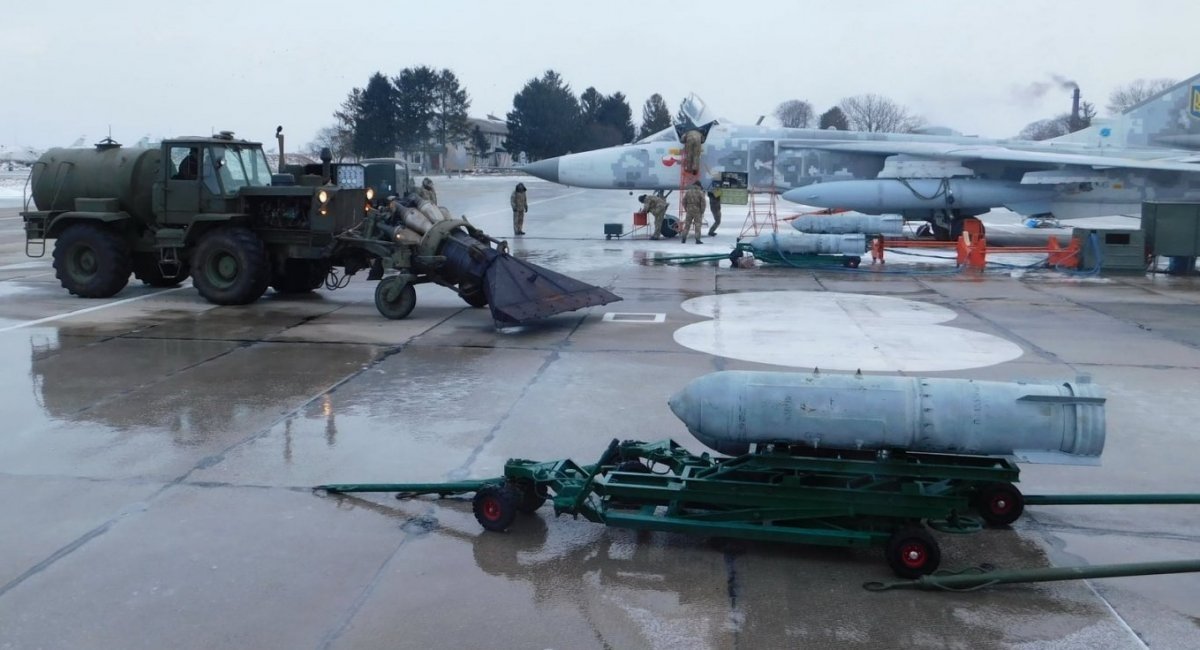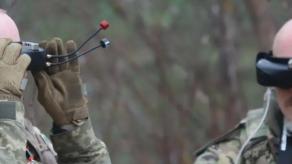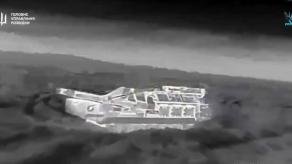On December 21, 2022, the Pentagon published the list of a new military aid package for Ukraine worth USD 1.8 billion. In particular, it included the supply of JDAM guided air bombs. The number of bombs planned for transfer and their caliber are not disclosed.
But the main intrigue here lies in a completely different issue: how is Ukrainian Air Force going to use JDAM with its Soviet-era aircraft fleet of MiG-29 and Su-27, Su-25 and Su-24 types.
Read more: The US Plans to Provide Ukraine With JDAM: a Kit For Converting Common Bombs Into High-Precision Ones And More
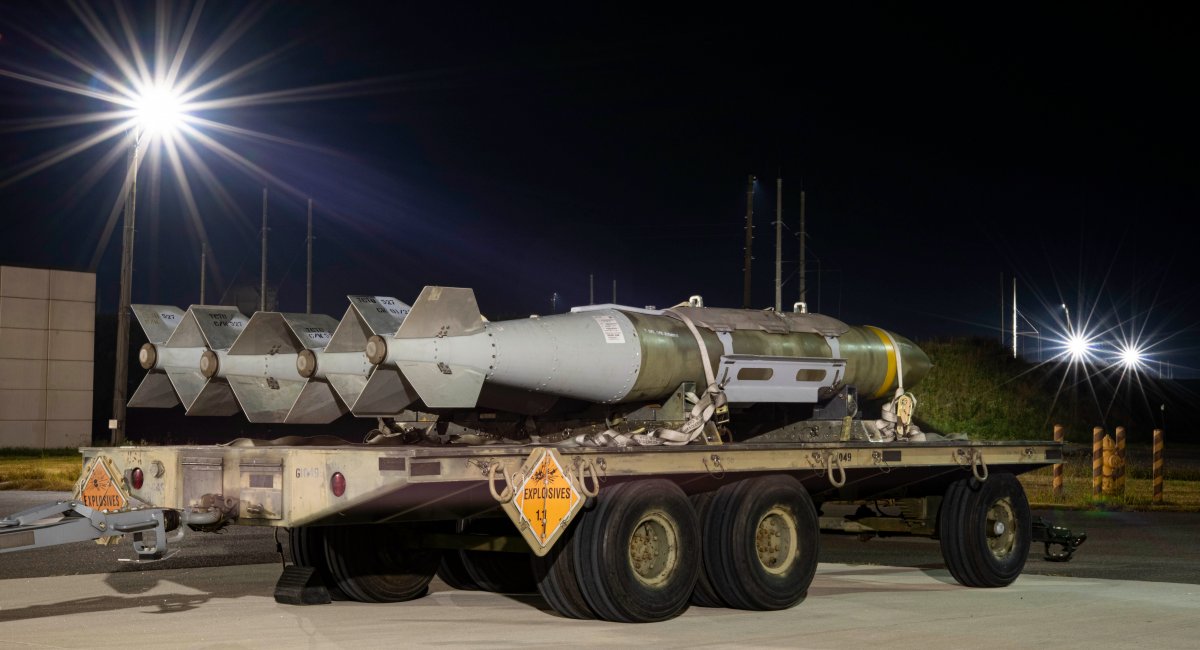
A logical way to assume is that some kind of "upgrade" is in order for the Soviet-made aerial bombs by using JDAM kits. But no, The New York Times in its article assumes that the Armed Forces of Ukraine will still receive JDAM in the standard version, based on the Mark 80 series aerial bomb (includes four types with a weight of 250, 500, 1000 and 2000 pounds). The authors also assume the adaptation of Ukrainian aircraft for such munitions will take place in the same way as it was with the AGM-88 HARM missiles.
The solution to how to attach JDAM to our planes was found by the joint group of US Air Force and US National Guard specialists known as the "Grey Wolf Team" stationed at the Ramstein Air Base in Germany.
For reference: the Ramstein Air Base of the USAF has become a major if not the most important hub for logistics and coordination of the military aid provided to Ukraine by its western partners.
American specialists proposed a fairly simple technological solution of two key features which NYT journalists described with a phrase from the "Apollo-13" movie – "to put a square peg in a round hole".

The first feature: in order to drop a JDAM on a target, the pilot needs to enter the data – about the location of the target as well as the speed and location of the carrier aircraft itself – into the aerial bomb during flight. To make entering such data into the bomb possible at all, a "smart" pylon is needed. That is why American specialists suggested using that very LAU-118/A pylon which is now used for firing the AGM-88 HARM missiles from Soviet MiG-29s.
The second feature is about how the pilot will be guiding the bomb onto a target. The necessary software was developed, in fact, 10 years ago by the US military. This software allows the use of US-made guided weapons on "foreign-made" aircraft, it can be installed on the aircraft using a laptop with a GPS device. Nowadays, according to the NYT, one can use a portable tablet for that purpose and set it inside the cockpit.
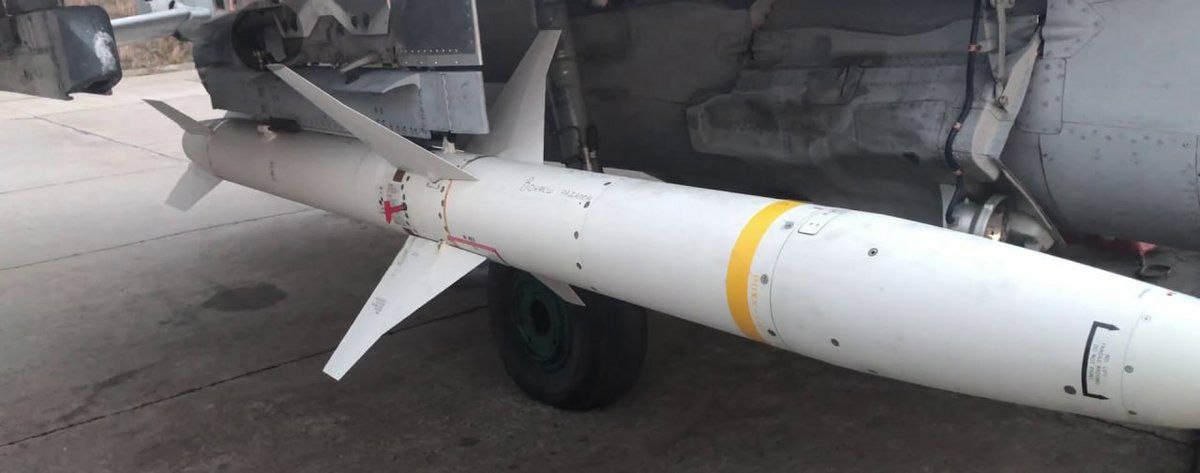
Then, the NYT authors raise the question, why did the US wait to give these bombs to Ukraine, and the answer follows: JDAM kits were not designed to be used with Soviet-made air bombs, and so the Ukrainian Soviet-made aviation had no capabilities to use western-made munitions, too. Onboard electronics of Ukrainian planes could not communicate with JDAM to designate a target and launch it.
Although the USA has had experience earlier with adapting Polish MiG-29 for carrying western bombs, it took a complete change of all the onboard equipment to achieve that; meanwhile, there is no time to do that with Ukrainian aircraft.

Soviet pylons are not suitable even for unguided western bombs. For example, US-made aerial bombs have two steel protrusions that allow to secure the ammunition tightly on the suspension nodes and at the same time provide a quick "push-off" of the bomb after pressing the "Drop" button. There is no such device on Soviet-made aerial bombs.
However, all these problems were resolved quite quickly once they came up with the improvised pylon for HARM missiles which turned out to be a success. It was a push Ukraine needed to convince the United States to provide JDAM as well.
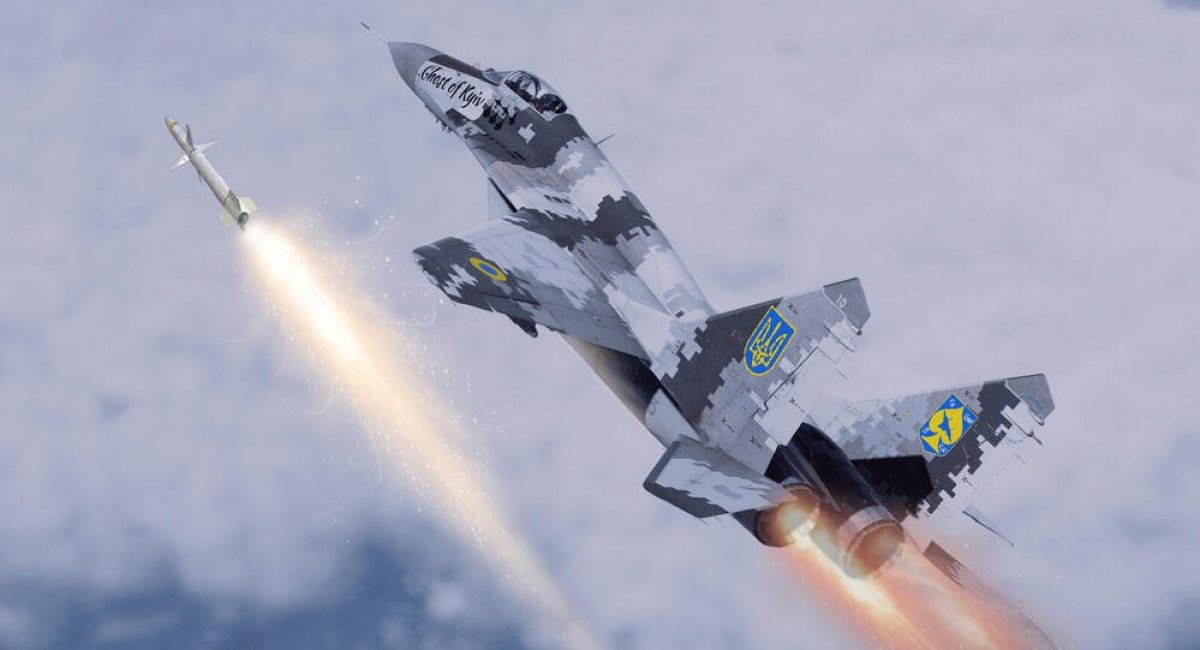
Read more: How Ukrainian Air Force Managed to Adapt MiG-29 for Firing AGM-88 HARM Missiles and Who Lent a Hand




